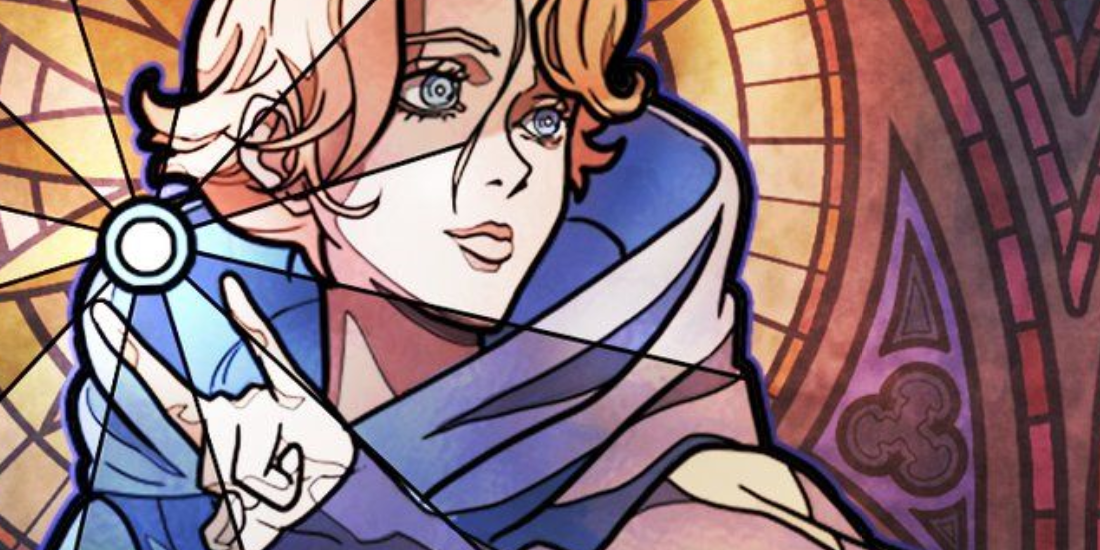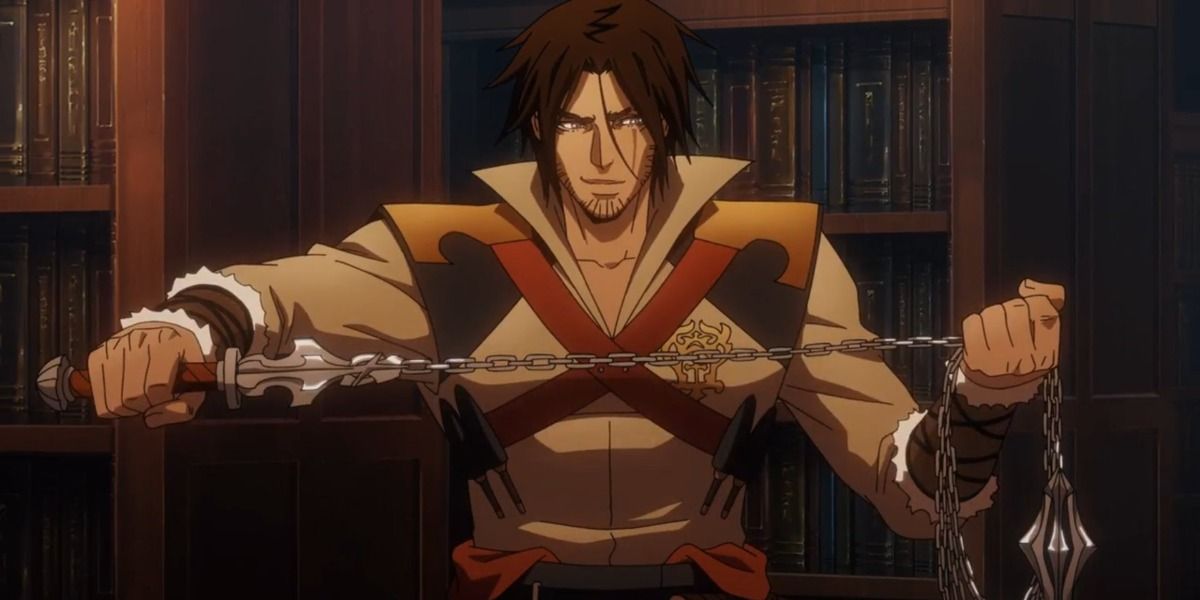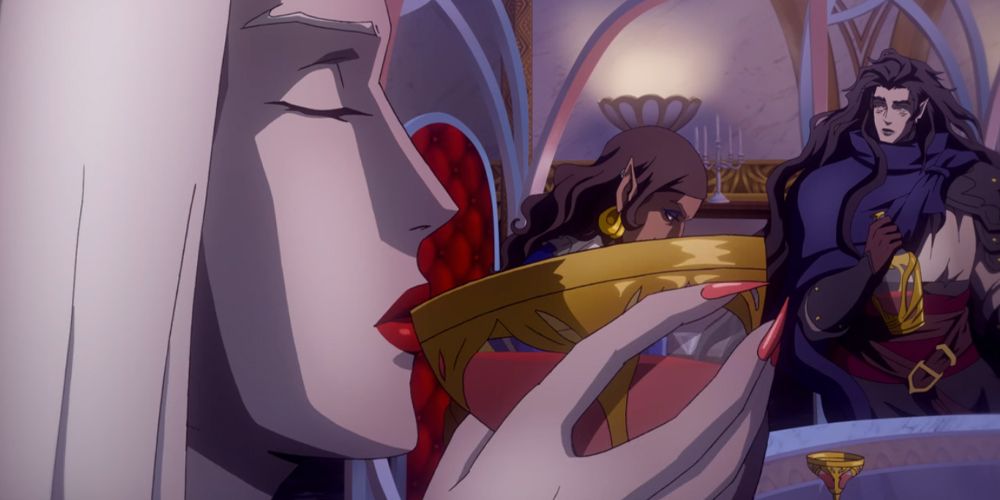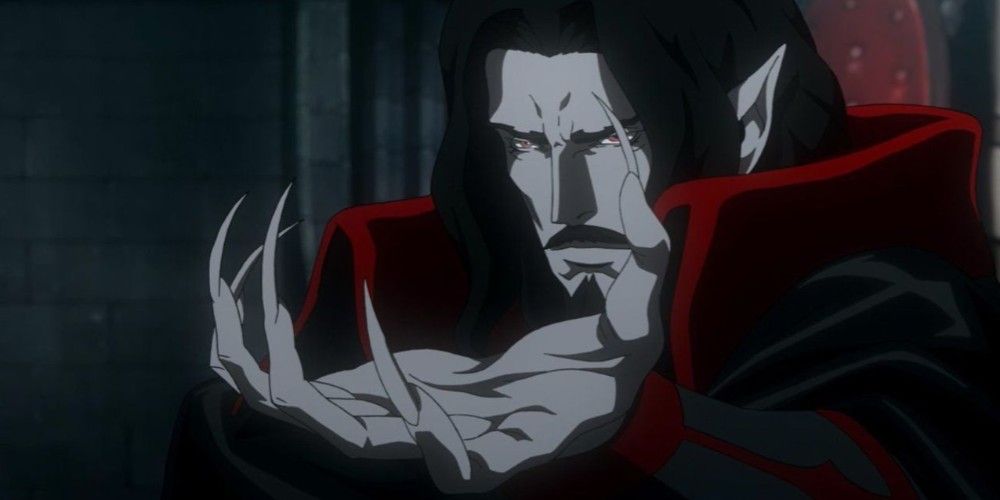The practice of adapting video games to the screen consisted of near misses and utter failures until Netflix released Castlevania. The cast of characters was one reason why it was so successful. They're complex, compelling, and fun to watch, featuring a wide range of fantasy archetypes with a modern gaming twist. The two-dimensional sprites from the vintage Nintendo franchise now have personalities, ethics, and moral choices.
Using the moral alignments created by the Dungeons & Dragons franchise is an interesting way to learn more about the cast of characters who make Castlevania a success. If you're into tabletop games, it can be an interesting way to compose your next adventuring party or determine the moral code of your own hero. Here are nine of the characters that make Castlevania such a great show according to their D&D moral alignments.
9 Lawful Good - Sypha

Compassion for the disadvantaged and protecting the helpless are Sypha's main motivations, and that's fueled by her role as a Speaker. Speakers travel from city to city, educating the residents and helping them when it's possible.
That's how she ends up a statue trapped in the crypt of the cyclops. She joins forces with Trevor and Alucard mainly to serve this purpose and is the driving force behind many of their successes. Sypha's personality and actions check all the boxes for a Lawful Good alignment.
8 Neutral Good - Alucard

Alucard is not an active agent, making him literally neutral from the start. This character hovers between the human and Vampire world, seeking a balance between the two. He only acts when Trevor and Sypha prompt him to awaken, and even then he has to fight a life-or-death battle with Trevor before joining them willingly.
Alucard doesn't have a problem challenging the traditions and will of his father, Dracula, to do the right thing. At the conclusion of Season 3, his character seems to overlap into True or even Evil Neutral territory.
7 Chaotic Good - Trevor

There are a few agents of chaos that drive the plot of Castlevania, and Trevor Belmont is the most notable one. Chaotic Good characters try to do the right thing, but often don't have the planning skills or cautious restraint to make a plan work. That's our main character in a nutshell.
Luckily, Trevor Belmont meets two characters early on who is better at planning. The calm resolve of his companions, Sypha and Alucard, is a juxtaposition to his messy, mead-swilling ways. It's the kind of chemistry you need in a successful adventuring party.
6 Lawful Neutral - Lisa Tepes

Lisa Tepes had some respect for the traditions that she grew up with, but she also had her own personal code that made that more important. That's what gave her the courage to knock on Dracula's door and it also defines her as a Lawful Neutral character.
It was likely that Dracula himself was of the same alignment during this period, which is why they were drawn to each other. Eventually, it was her death that pushed him into the realm of Evil.
5 True Neutral - Hector

Hector has the mind and maturity of an innocent child, easily led by others, and likely to switch sides at any given time. He doesn't have any strong feelings towards the other characters on either the good or evil side, content to build the undead monsters for Dracula, and do his bidding without asking questions.
His connection to animals is a demonstration of this, as animals don't have moral codes and are often classified as True Neutral.
4 Chaotic Neutral - Godbrand

Carmilla's absolutely right when she defines Godbrand as someone who lives to simply eat, fight, and fornicate. That's pretty much what a Chaotic Neutral character is like. Their own personal and immediate gratification is what motivates them and they don't care who gets hurt in their pursuit of it.
Acting without thinking is one trait of the Chaotic Neutral person, and it's precisely this behavior that gets Godbrand killed. He should have thought about the fierce loyalty that Isaac had for Dracula before opening his big fat mouth about the plots against his beloved master.
3 Lawful Evil - The Judge of Lindenfeld

Sypha initially thinks that the Judge of Lindenfeld is of a similar alignment to herself, Lawful Good. In the jarring and visceral final episode of season three, however, we find out that he's actually Lawful Evil.
This alignment is typical of corrupt officials and mercenaries who use their power and strict protocol to hide their heinous crimes, which is what the Judge was up to the whole gruesome time.
2 Neutral Evil - Carmilla

She's cruel and vicious, but there's a method to her madness. That's what's at the heart of a Neutral Evil character, and Carmilla is a perfect example. When she befriends Hector, it only takes a few episodes for the audience to find out her true intentions.
By Season 3, we find out that Carmilla is part of a co-operative of vampire queens, but part of the suspense comes from the issue of how loyal she really is to her friends.
1 Chaotic Evil - Dracula

"We follow his intent." This is always the answer Isaac gives when another character asks him about Dracula's plan for the war. There is no plan, other than the annihilation of humanity and Dracula's own death.
Alucard describes this "plan" better when he says his father's plan was nothing more than "the world's longest suicide note." All of this is a great example of how the Chaotic Evil character behaves, and in D&D lore it's typical when dealing with higher forms of undead.
from ScreenRant - Feed https://ift.tt/3eglTWl


0 Comments